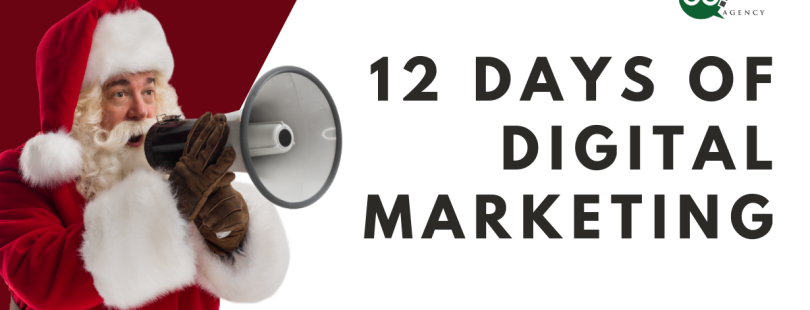When Twitter was founded in 2006, no one would have guessed that Twitter would become a main hub for creators, entrepreneurs, politicians, and celebrities to connect, debate, and grow businesses. We would all come to love that little blue bird because that little icon gave so many voiceless people voices.
Throughout its lifespan, Twitter gained a name for itself because of the impact it left on society. It wasn’t your ordinary social media platform. This platform helped communities raise money for a local member in need, helped protesters express themselves, and gave people a voice to speak on their views. They were also a news-focused outlet where journalists would come to update viewers on current events right when they were happening.
It has been a great place to grow a blog, connect with others who enjoyed your hobbies, and of course, find funny memes.
While Twitter has been an iconic name in social media, there were dark sides of Twitter that began to take root in recent years, causing investors and users to become concerned.
In the years before Elon Musk purchased it, Twitter was struggling to keep up with the changing social media landscape, leading to the company being less profitable. This was due to the increase in spam accounts, the spreading of misinformation, and cyberbullying.
When COVID-19 hit, more people than ever were online and stressed out. Pair that with the 2020 election, and it was a nightmare for Twitter.
Fast forward to 2022 and the present day. Elon Musk purchases Twitter for $44 billion and quickly gets to work making the changes he sees fit. This includes removing the little blue bird entirely, and changing to what we know now, X.
His goal was to rid the platform of spam accounts and bots while protecting free speech, but his success on both fronts has been… doubtful at best. Beyond that, his changes have alienated both users and brands, putting the platform on even shakier ground than when he bought it.
Now that advertisers have pulled out of X, more competing platforms like Threads and Bluesky have popped up, and X’s engagement has plummeted.
Where will 2024 take X? I guess we will find out!
Read More














